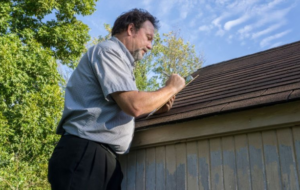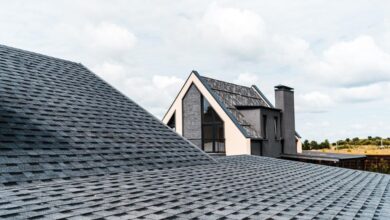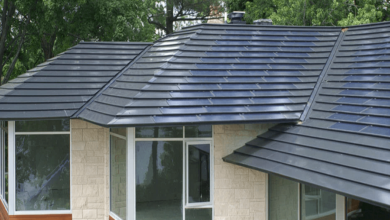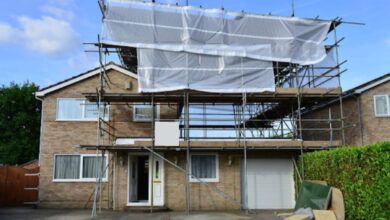How Often Should You Have Your Roof Inspected?

The roof is a critical part of your house, protecting you against harsh outdoor weather. Yet, it’s also one of the most neglected, mainly because it’s out of sight and reach.
As the roof is your home’s first line of defense, it’s essential to inspect it regularly. Regular inspection ensures that it’s not compromised in any way, resolves any issues immediately, and prevents costly repair or replacement.
You may be wondering how often you should have it inspected. Can you do it on your own? This article shares the basics of roof inspection, including why you should consider professional inspection and how often you should check it.

What Is Roof Inspection?
Roof inspection refers to the thorough and detailed examination of all roofing elements, including the roof itself, gutters, fascia boards, and more. It’s done to assess the current condition and performance of the system while checking for any potential damages or issues that need immediate repair.
Generally, a roof inspection is often performed when you’re considering buying or selling a home. It’s also necessary if you’re thinking of adding equipment to your roof, such as solar panels. That said, a roof inspection should be done even if you don’t plan to sell your home or add solar panels.
DIY Versus Professional Inspection
While no one’s stopping you from inspecting your roof whenever you have time, hiring experts is the best option if you want a thorough inspection. You can carry out your checks a few times a year and then hire a professional to do it at least once a year.
Established companies like Allied Roofing Solutions have the necessary training and equipment to climb and assess roofing systems, check every nook and cranny, and pinpoint even the most minor issues to prevent further problems in the future. If you’re interested in their services, check out their website at https://www.alliedroofingsolutions.com/.
How Often Do I Need A Roof Inspection?
According to a US-based, non-profit roofing organization, the National Roofing Contractors Association, roof inspection should be performed at least twice a year. They recommend doing this during fall and spring because of the milder weather; these times are also safer for inspection. Moreover, checking your roof during these seasons helps you prepare your roof system for significant weather hazards and temperature changes in the upcoming seasons.
4 Factors That Influence Inspection Frequency
Although the recommended schedule for roof inspections is twice a year, several factors can dictate the frequency.
-
Weather conditions
Suppose your area recently experienced extreme weather conditions or tropical storms and hurricanes. In that case, it’s best to have your roof inspected immediately, regardless of your roof’s age or if you had just inspected it last month.
Weather disasters may significantly damage your roof. A roof inspection can help you detect the damages and potential issues. You can then make repairs accordingly to ensure overall roof integrity.
-
Roofing Materials
One of the most significant factors that affect the frequency of your roof inspection is the type of roof material. Roofing materials decay and wear differently. Thus, some materials require more frequent checks than others.
For instance, wooden or composite shingles and asphalt roofs require professional inspection every 1–3 years. On the other hand, tile and metal roofs can go up to five years before they need professional assessment. However, tile covering and underlayment may degrade faster, requiring inspections between the seasons to check for damages.
-
Tree Coverage
Trees can provide a nice shade in your backyard, but they may also become intrusive to your roofing material. Trees and branches close to or covering your roofing system can cause problems when left alone.
Strong winds can cause branches to rip off older shingles. During a storm, larger branches may snap off and fall on your roof, causing extensive damage.
Even without severe weather conditions, tree leaves, small branches, and other debris may collect on your roof surface. They create extra weight and stress while also causing the decay of roofing materials. Moreover, dead leaves may cause blockages in your gutters and downspouts.
Thus, if several trees loom over your roof, inspect it more frequently to ensure that there’s no damage from dead leaves and falling branches.
-
Roof Age
An older roof is more prone to damage. As such, it can benefit more from seasonal inspections. By contrast, newer roofs can follow the general advice of a yearly professional inspection, depending on the material and other factors mentioned above.
Takeaway
The saying ‘out of sight, out of mind’ should not apply to your roof. As one of the most hardworking parts of your house, it deserves care and attention. Remember the four factors that influence how often you should inspect your roof. Regular inspection ensures that it’s in good shape and can continue to protect you and your family for years.




